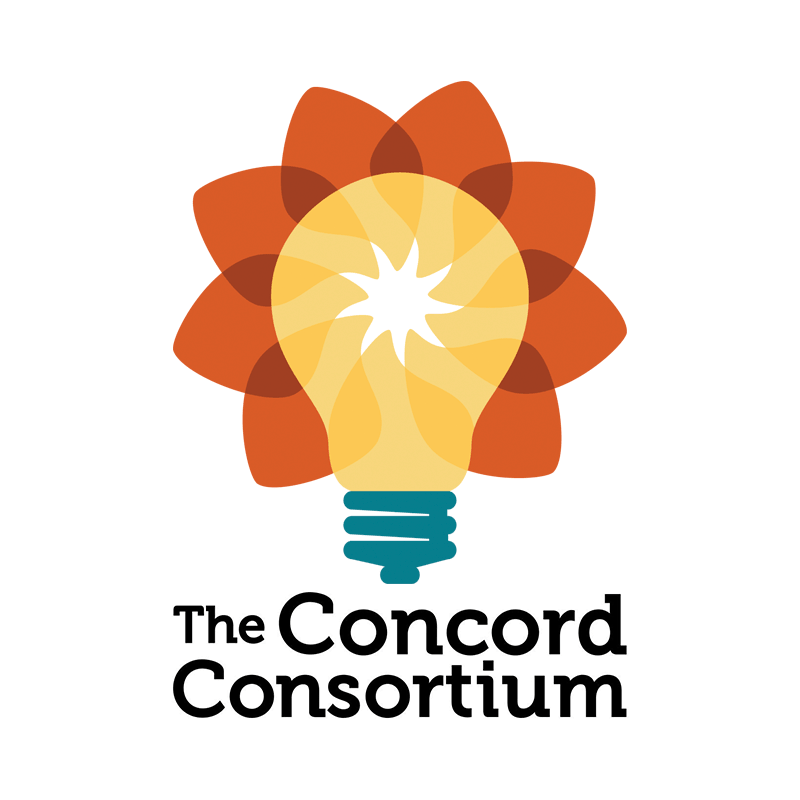Home Energy Efficiency
Interactive simulations and activities for learning about energy efficiency and heat loss or gains in homes
Energy efficiency takes into consideration the amount of energy needed to accomplish a particular goal. For example, energy-efficient appliances require less energy to cool items in a refrigerator or dry clothes in the clothes dryer compared to those that use an alternative energy source. In homes, both the structure and the components of the home (e.g., windows, insulation) affect energy efficiency; conditions around the home (e.g., temperature outside) also play a role. Homes also have a thermal boundary, which is a layer of insulation that separates the inside of a home from the outside.

Package Includes
- Teacher Edition
- Class Dashboard
Log in to gain access to these supplemental teacher resources!
Home Energy Efficiency Resources
Explore the energy efficiency of a home using the free educational simulations and activities below. These scientifically accurate models are great for the classroom, homework assignments, or independent learning. Use them to answer the question, "What affects the energy efficiency of my home?"
Looking for More?
 Visit our STEM Resource Finder for lots more virtual labs and hands-on digital tools for teaching and learning STEM topics. Make the invisible visible and explorable in a way that brings out the inner scientist in everyone!
Visit our STEM Resource Finder for lots more virtual labs and hands-on digital tools for teaching and learning STEM topics. Make the invisible visible and explorable in a way that brings out the inner scientist in everyone!
If you're a teacher, register for a free account to assign activities to your students, keep track of their work, provide feedback, and more!
Go to the STEM Resource Finder
Since 1994, the Concord Consortium has been developing open educational resources that expand and deepen STEM inquiry with technology. These scientifically accurate models and activities have been funded by the National Science Foundation and other private and federal granting agencies, and developed by curriculum experts—so you know you can trust them in your classroom! Our cutting-edge tools and resources have brought STEM practices to life for over a million learners worldwide.